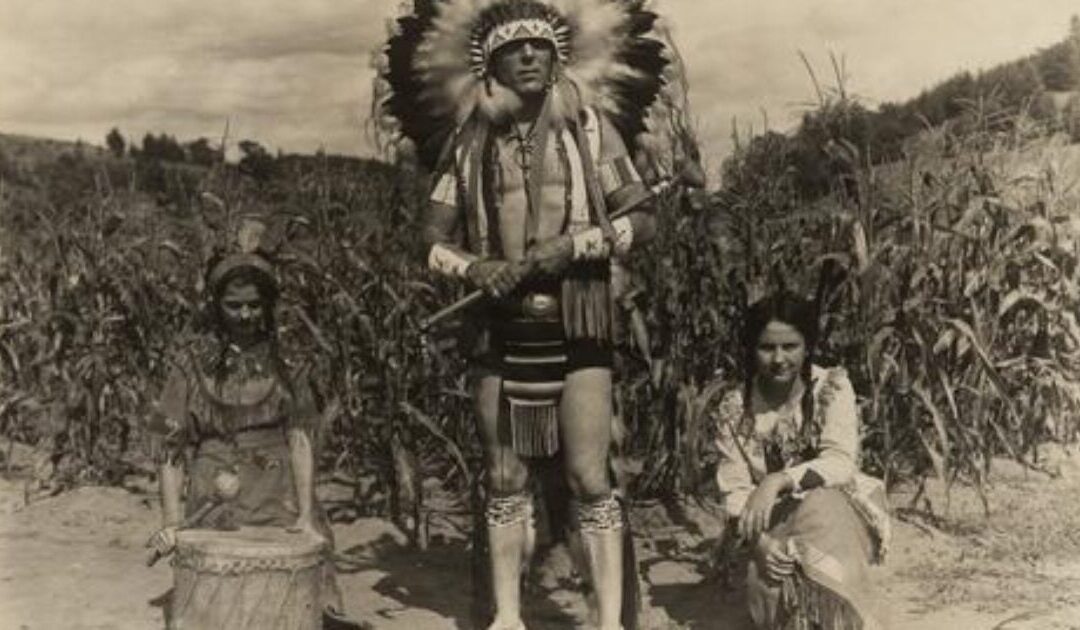American historian Howard Zinn once said, “If you don’t know history, it’s as if you were born yesterday. If you were born yesterday, then any leader can tell you anything.”
The American Museum of Natural History announced Friday that it will immediately close two halls showcasing Native American cultural artifacts in order to comply with updated federal regulations on repatriating indigenous remains and sacred objects to tribes, according to NBC News.
The museum is shutting down its Hall of Eastern Woodlands and Hall of the Great Plains, which together contain thousands of items related to Native American tribes. Smaller objects across other galleries will also be removed from public view, according to The New York Times.
The American Museum of Natural History will close 2 major halls exhibiting Native American objects. Leaders said on Friday, in a dramatic response to new federal regulations that require museums to obtain consent from tribes before displaying or performing research on items. pic.twitter.com/WEMnLcAS5P
— Lakota People’s Law Project (@lakotalaw) January 26, 2024
In December, President Biden signed an executive order directing new support for tribal self-governance. One action called on the Interior Department to finalize updates to the Native American Graves Protection and Repatriation Act, which President George H. Bush signed into law in 1990.
That federal law enabled tribes to reclaim ancestral remains and cultural artifacts removed from tribal lands.
The revised rules require museums and federal agencies to get tribal consent before displaying Native American human remains and sacred objects.
The new regulations give museums five years to return all Native American remains in their collections and also require them to defer to tribes’ oral histories when determining which groups to send sacred cultural patrimony items back to, according to The Times.
Museum president Sean Decatur said in a letter to staff that “actions that may feel sudden to some may seem long overdue to others.” He also expressed regret for past museum practices that “did not respect the values” of Native peoples.
According to The Times, institutions are now required to “defer to the Native American traditional knowledge of lineal descendants, Indian Tribes and Native Hawaiian organizations.”
However, according to NBC, some tribal leaders worry meeting demands could burden communities that are also struggling to identify the origins of items obtained years ago. This makes determining which tribes to consult with difficult.
The American Museum of Natural History is not the only prominent cultural institution moving swiftly to close exhibits and remove indigenous artifacts in order to meet the requirements of recently revised federal repatriation regulations, according to Fox44 News.
Just this month, Chicago’s Field Museum announced it would cover several displays containing sensitive Native American items to conduct tribal consultations.
Harvard University’s Peabody Museum of Archaeology and Ethnology stated it aims to pull all Native American ancestral remains and funerary objects off exhibit for return to descendants and tribes.
The Cleveland Museum of Art has also taken steps to cover displays while it works to secure consent from tribes to show certain cultural artifacts.
The American Museum of Natural History gets 4.5 million visitors a year and is one of the most visited museums in the world.
While returning human remains may have merit even after thousands of years, the fact remains that many of these artifacts do not have any personal connection to existing tribes.
According to The Times, among articles now prohibited from view are a birchbark canoe of Menominee Tribe origins located in the Hall of Eastern Woodlands. Smaller objects are also stored away, including darts dating back 10,000 years and a Hopi katsina doll from modern-day Arizona.
“Some objects may never come back on display as a result of the consultation process,” Decatur said, according to The Times.
Museums are our record of history. They remind us where we once were and chart our path to where we are now.
Instead of allowing these items to be used as teaching tools to educate the next generation, Native American artifacts from The American Museum of Natural History will probably end up in some storage closet for decades while tribes try to decide where they belong and what their purpose used to be.
The younger generations could have visited those artifacts to understand and appreciate the people who lived on this land and their cultures.
Instead, they will now be greeted with empty shelves and apologies.
This article appeared originally on The Western Journal.
The post Museum of Natural History Closing Native American Exhibits After Biden’s New Rules Kick In appeared first on The Gateway Pundit.

